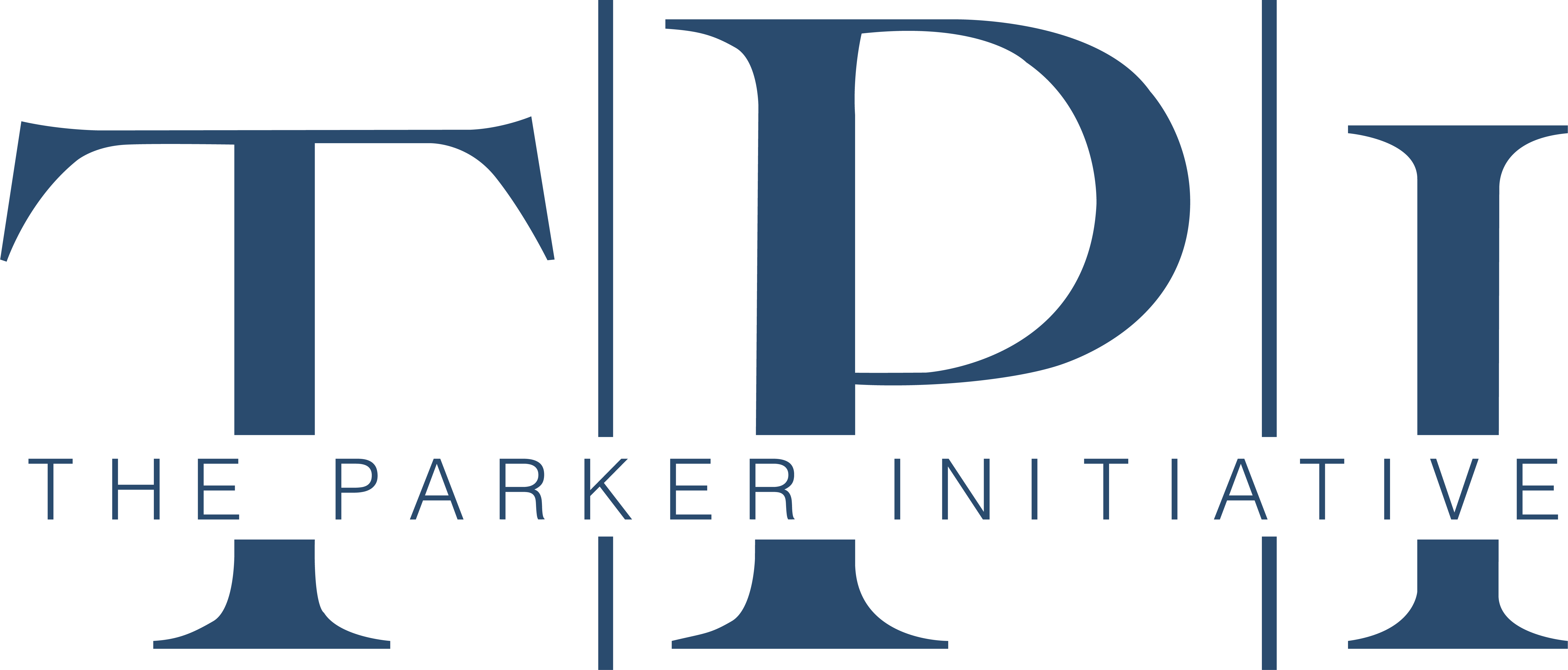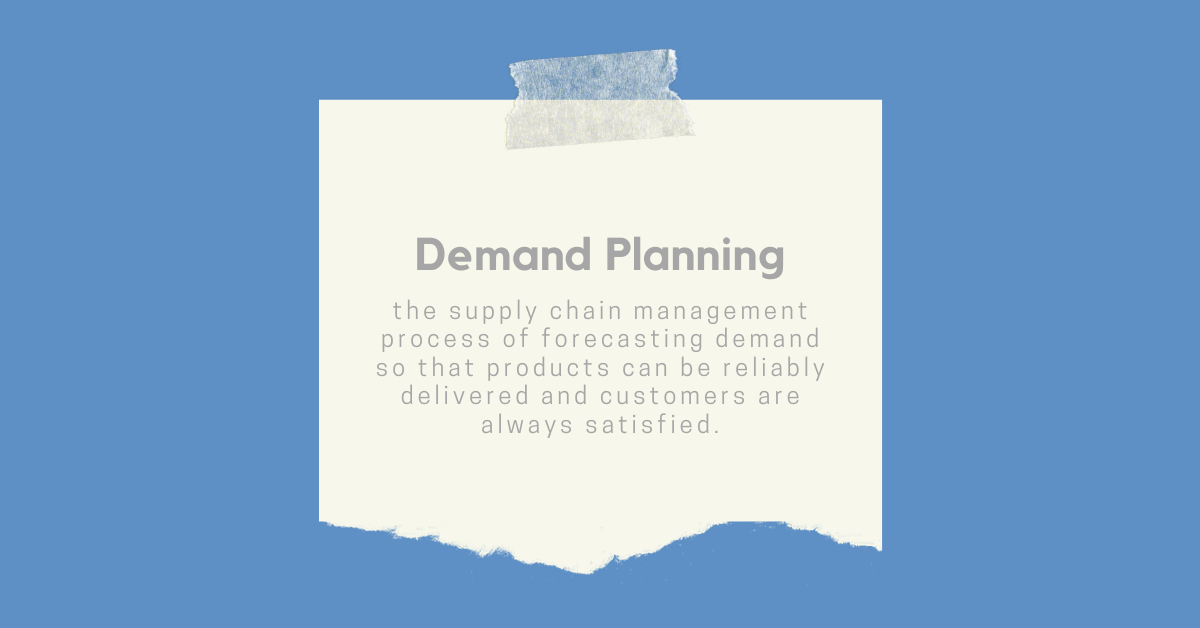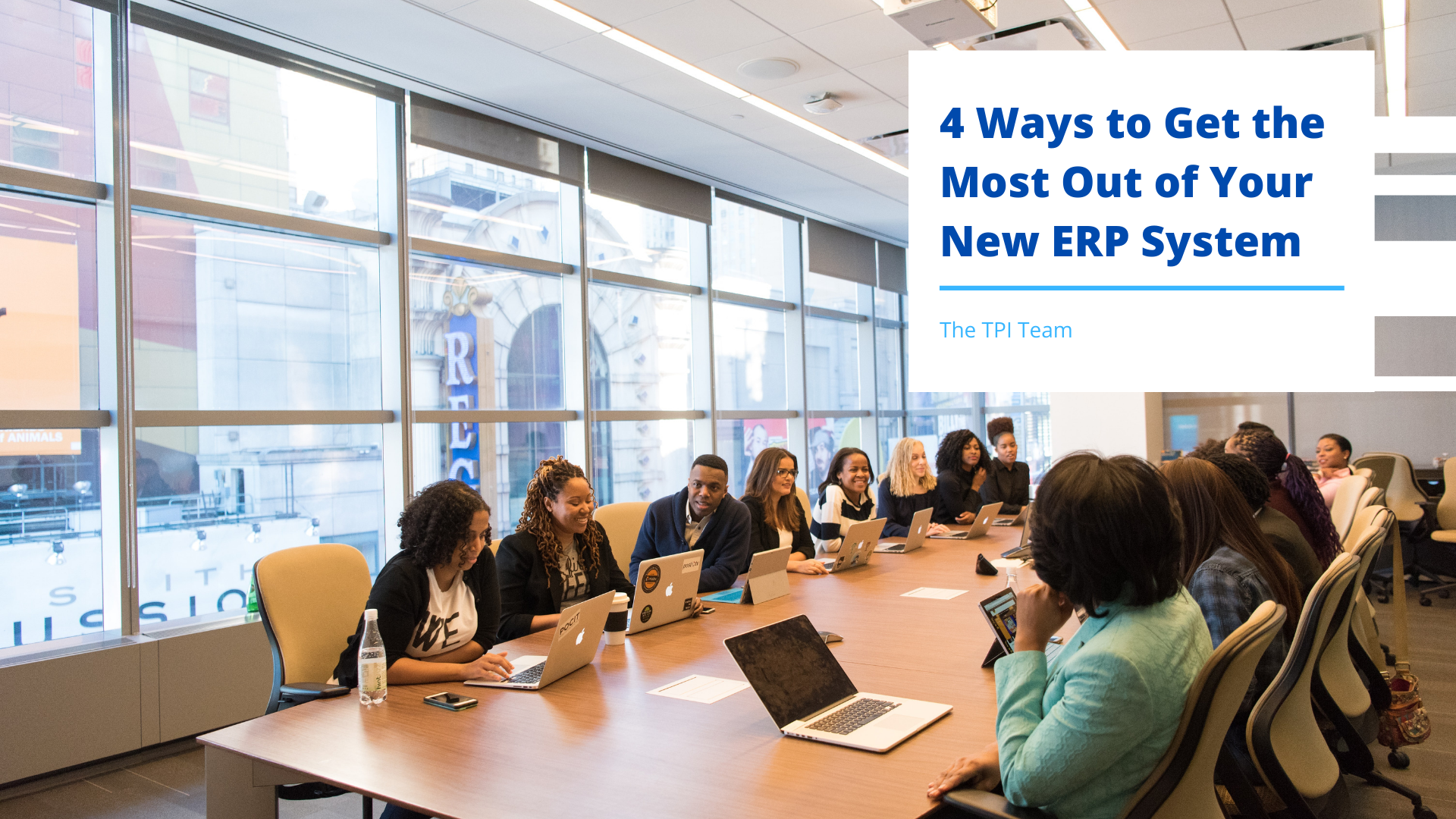You might be focusing your investments on everyone but yourself. Your internal strategies and organization might be on the back burner. Even though your goals for the upcoming year might revolve around investing in the growth of other companies and helping them “make it”, you need to make this one investment for your own business…
Private equity firms need ERP systems
There are strings attached to your investments. You want to know your money is being spent well. Many private equity firms are investing in ERP systems to keep up with their goals of increasing revenue, reducing waste and generating healthy profit margins.
What’s an ERP system?
ERP (enterprise resource planning) systems reduce complexity across your business functions and help you make better decisions. The system is a software platform that brings all of your departments into one place and projects data that will help you determine what’s working for your business and what’s not.
NetSuite for private equity firms
NetSuite has a special platform for private equity firms. The platform supports your firm by reducing as much risk as possible. NetSuite can advise you on new solutions, costs and timelines to keep you on track with investment goals.
NetSuite’s special platform for private equity firms includes custom reporting, carve-outs, unique add-ons and platform flexibility. All of these resources help you track and decide how your money is being spent.
The next steps of your investment
CONTACT THE TPI TEAM
TPI has a dedicated team of consultants that will help you implement your ERP system, train your employees and work with you on your business goals. We help our partners get the best out of their ERP systems through personalized consulting.










